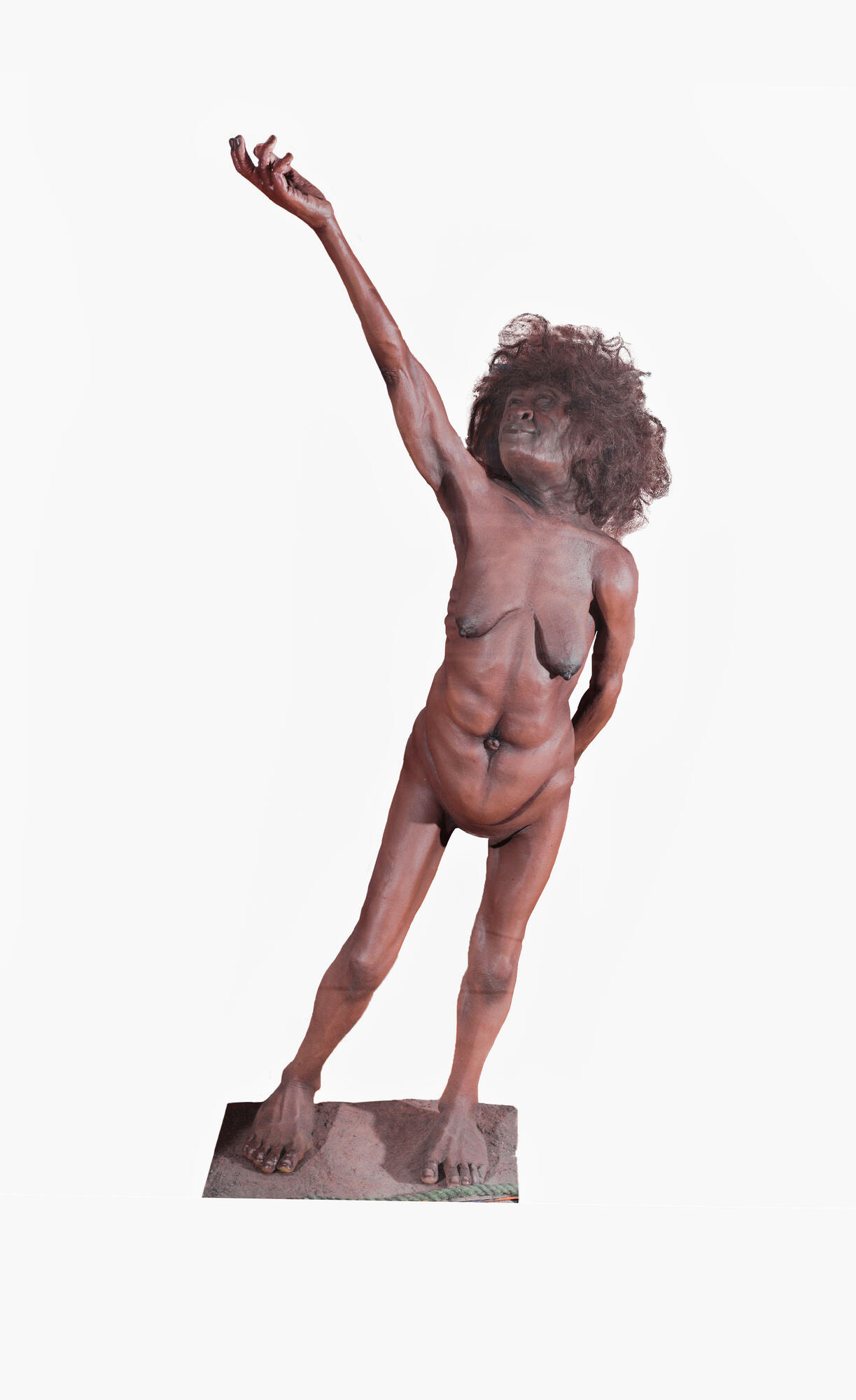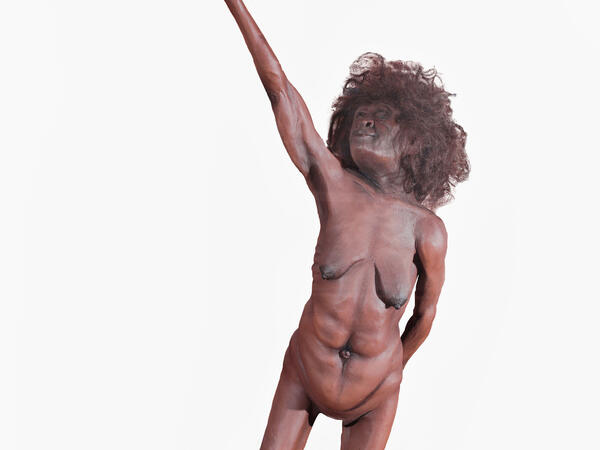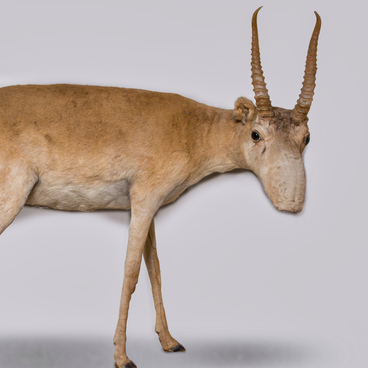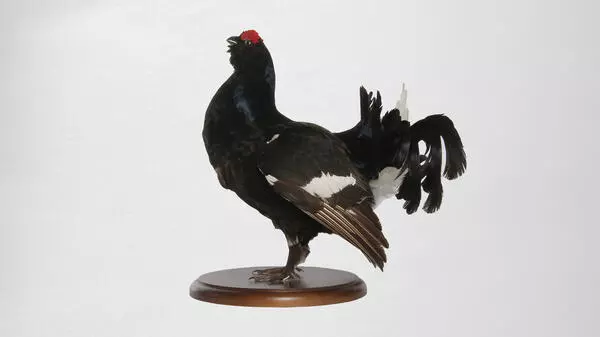In 2003, a great number of human bones were discovered at Liang Bua on the island of Flores in Indonesia. One of the skeletons was almost complete and it belonged to an elderly woman — a representative of the Floresian species (Homo floresiensis), which inhabited the territory of modern Indonesia 100–50 thousand years ago. In 2017, Anatoly Alexandrov created a reconstruction of this skeleton for the State Biology Museum named after K. A. Timiryazev.
The skeleton found at Liang Bua was given the number ‘LB1’ and nicknames ‘Flo’ and ‘Hobbit’. It became the holotype for Homo floresiensis—a specimen used by scientists to describe a new species or an intraspecific group.
Flo and her relatives were extremely short — slightly taller than one meter. The arms and legs of the Liang Bua woman resembled limbs of Australopithecus. Her brain size was 417 cm3, which is three times smaller than the brain of modern humans.
The brain of Homo floresiensis could be characterized by certain archaic features, such as a low sagittal crest — a ridge of bone running lengthwise along the midline of the top of the skull. One of the main chewing muscles — the temporalis muscle — was attached to the sagittal crest.
Archaeologists also found primitive stone tools, burnt animal bones, and other physical objects of material culture along with the remains of Homo floresiensis. Among the faunal remains, the bones of large rodents and forest pygmy elephants were discovered.
Due to the unusual anatomical features of ‘Hobbits’, anthropologists disagree on the nature of these people. According to the most popular hypothesis, Homo floresiensis was a species of pygmy humans that derived from one of the Asian populations of Homo erectus under the conditions of island isolation. The evidence supporting this hypothesis is based on the transitional fossils found on the surrounding islands.
There is also a theory that states that the archaic humans from the island of Flores are a population of modern humans that had many medical conditions, such as dwarfism and microcephaly.
The research of Indonesian anthropologists showed that the brain anatomy of the ‘Hobbits’ was similar to that of healthy people and very different from the brain anatomy of a modern human with microcephaly. Overall, the first hypothesis is considered more valid, but the second one has not been completely dismissed either.
The skeleton found at Liang Bua was given the number ‘LB1’ and nicknames ‘Flo’ and ‘Hobbit’. It became the holotype for Homo floresiensis—a specimen used by scientists to describe a new species or an intraspecific group.
Flo and her relatives were extremely short — slightly taller than one meter. The arms and legs of the Liang Bua woman resembled limbs of Australopithecus. Her brain size was 417 cm3, which is three times smaller than the brain of modern humans.
The brain of Homo floresiensis could be characterized by certain archaic features, such as a low sagittal crest — a ridge of bone running lengthwise along the midline of the top of the skull. One of the main chewing muscles — the temporalis muscle — was attached to the sagittal crest.
Archaeologists also found primitive stone tools, burnt animal bones, and other physical objects of material culture along with the remains of Homo floresiensis. Among the faunal remains, the bones of large rodents and forest pygmy elephants were discovered.
Due to the unusual anatomical features of ‘Hobbits’, anthropologists disagree on the nature of these people. According to the most popular hypothesis, Homo floresiensis was a species of pygmy humans that derived from one of the Asian populations of Homo erectus under the conditions of island isolation. The evidence supporting this hypothesis is based on the transitional fossils found on the surrounding islands.
There is also a theory that states that the archaic humans from the island of Flores are a population of modern humans that had many medical conditions, such as dwarfism and microcephaly.
The research of Indonesian anthropologists showed that the brain anatomy of the ‘Hobbits’ was similar to that of healthy people and very different from the brain anatomy of a modern human with microcephaly. Overall, the first hypothesis is considered more valid, but the second one has not been completely dismissed either.












